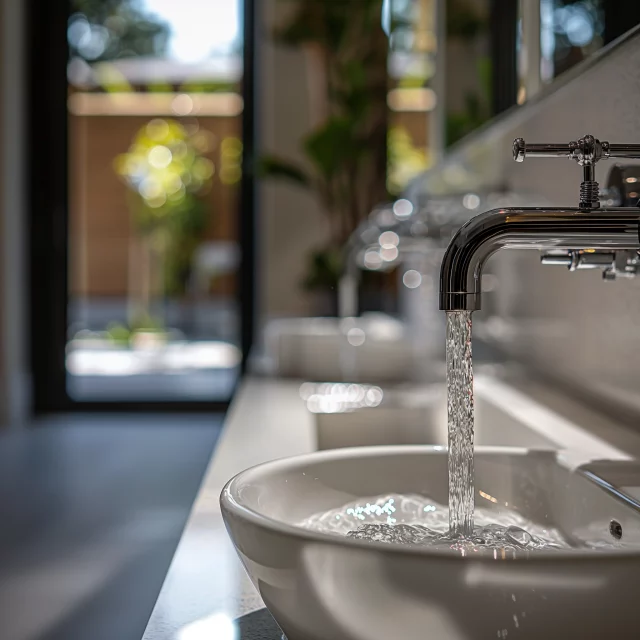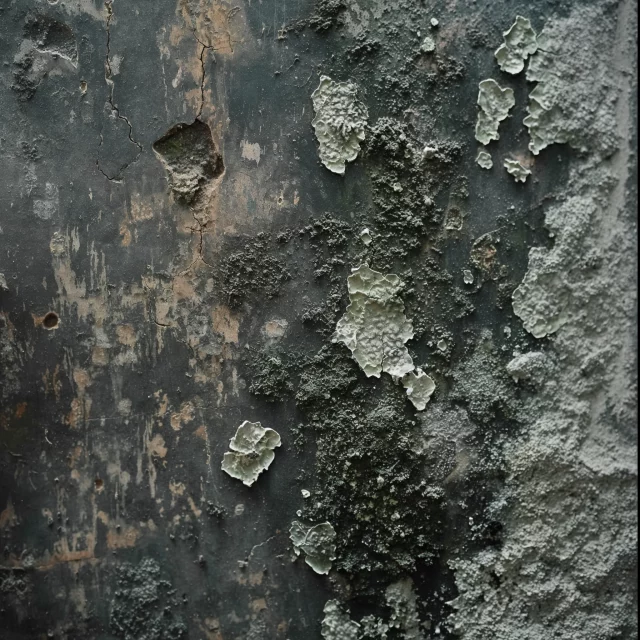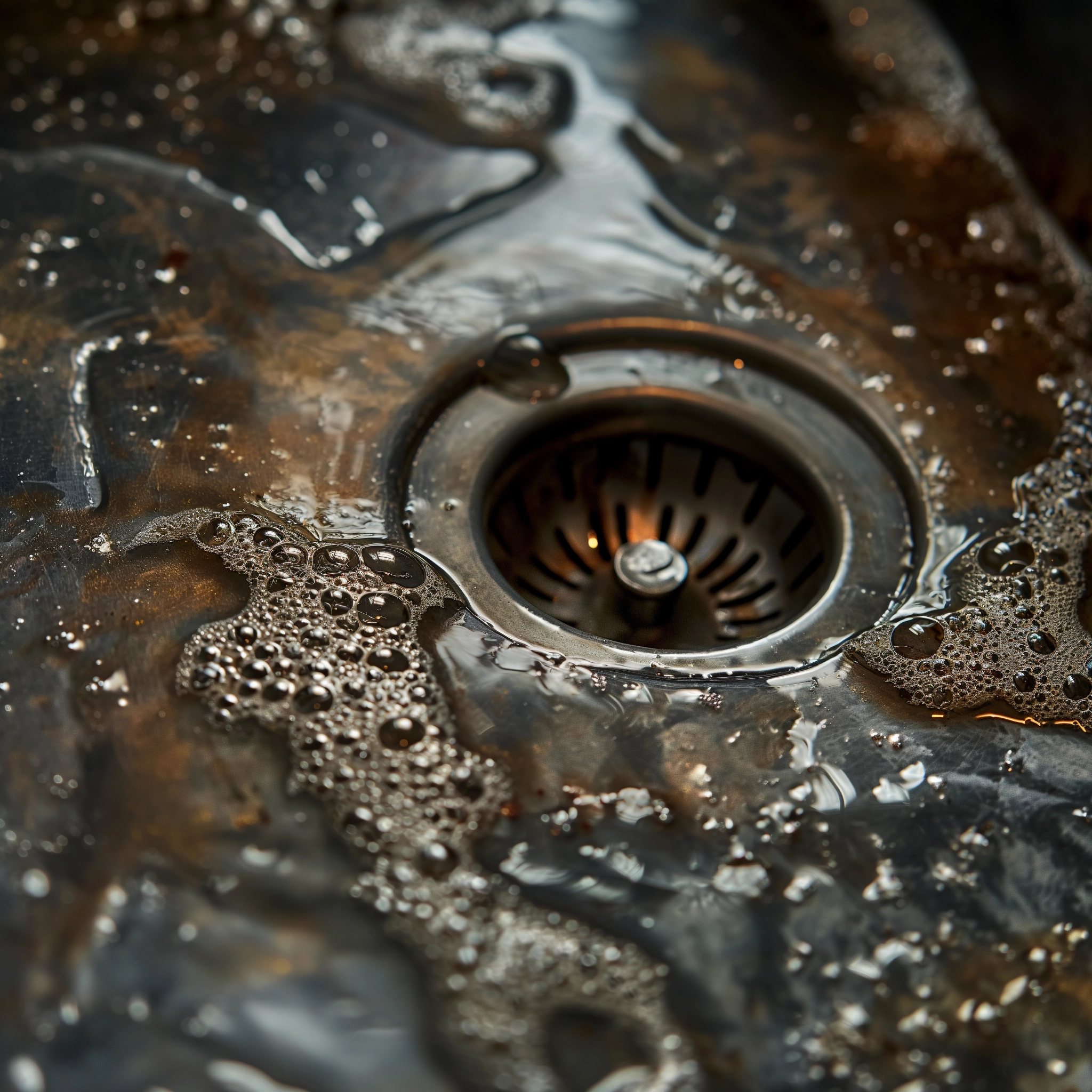Identifying and Addressing Drainage System Issues When we talk about the health and longevity of our homes, one aspect that often goes unnoticed unti
Identifying and Addressing Drainage System Issues
When we talk about the health and longevity of our homes, one aspect that often goes unnoticed until problems become glaring is the drainage system. This critical infrastructure, designed to remove excess water from our properties, demands vigilant oversight to prevent damage that can be costly and detrimental to both structure and occupant well-being.
Early Signs of Drainage Problems

- One of the first signs that your drainage system may be faltering is slow drainage. Typically manifesting in sinks, bathtubs, and showers, this problem often indicates the onset of a blockage. The underlying causes can vary from accumulated hair, cooking fats, or other foreign objects that shouldn’t find their way down our drains. Slow drainage hampers daily activities and signals potential problems that could escalate if not addressed promptly.
- Foul odours emanating from your drains are more than just a nuisance; they signal that waste is decomposing within your plumbing system. This issue usually indicates a blockage that, if left unchecked, fosters an environment ripe for bacteria and mould growth. The health implications here can be significant, affecting indoor air quality and exposing residents to harmful pathogens.
- Another telltale sign is standing water, which can occur at the bottom of the shower or around outdoor drainpipes. This issue points to significant blockages or leaks that, over time, can undermine the structural integrity of the surrounding areas. Standing water is a breeding ground for mosquitoes and other pests, posing additional health risks.
Structural Impacts and Risks
- Water damage is one of the most serious consequences of a compromised drainage system. This damage can manifest as a seepage in basements or crawl spaces, promoting mould growth and potentially leading to the deterioration of foundational and structural elements. If you notice water stains on walls or floors or a persistent musty odour, these could indicate moisture problems tied to inadequate drainage.
- The external environment around your home can also offer clues about drainage effectiveness. Erosion, for example, can be observed as soil displacement around drainage areas, which might undermine the stability of nearby structures, including your home’s foundation. This displacement often results from water not effectively channelled away from the property.
Pest Infestations and Mould Growth

- Pests are opportunists, thriving in environments that provide ample water and shelter. A drainage system that is not functioning correctly can attract everything from insects to rodents. These pests are not only a nuisance but can pose serious health risks and contribute to the degradation of building materials.
- Similarly, mould growth is a common consequence of moisture issues and is frequently seen in homes with poor drainage. Mold can spread quickly, deteriorating air quality and causing various health problems, from allergic reactions to more serious respiratory issues. This growth typically occurs in damp, poorly ventilated areas, often exacerbated by a failing drainage system.
Diagnosing Frequent Clogs and Sound Anomalies
- Frequent clogs are not just minor inconveniences; they indicate more serious, systemic issues within your drainage network. If plunging or using drain snakes becomes a regular activity, it might be time to consult a professional. Plumbers can perform a deeper diagnostic, often using cameras to inspect pipes for obstructions or damage that isn’t visible from the surface. This approach helps identify the root cause rather than just treating the symptoms.
- Equally telling are unusual noises emanating from your drains, like gurgling or bubbling sounds. These sounds typically occur when air gets trapped and then released, indicating a potential venting issue or the development of a blockage. Addressing these noises not only prevents further damage but can also restore the efficiency of your drainage system.
Managing Water and Structural Integrity
- Other areas of concern are water damage and foundation issues. These problems often manifest subtly but can lead to disastrous outcomes if ignored. Regular foundation inspections, especially after heavy rainfalls, can reveal early signs of damage, such as cracks or water stains. It’s crucial to ensure that your drainage system directs water away from your home’s foundation to prevent these issues.
- If you encounter puddles against the foundation or notice that the ground is sloping towards your house, immediate action is required to redirect water flow and possibly reshape the landscape to facilitate better drainage. Simple solutions like regrading your property or installing French drains can profoundly impact water management.
Addressing the Core Issues
To mitigate these risks, it’s essential to take a proactive approach to drainage maintenance. Regular checks and cleaning can prevent debris accumulation leading to blockages. Moreover, innovative methods such as CCTV inspections allow for a detailed assessment of internal pipe conditions, helping pinpoint exact problem areas without requiring invasive procedures.
Implementing preventive measures extends the life of your drainage system and protects your home’s structural integrity and the health of its occupants. Regular maintenance and timely repairs can thwart the most common drainage issues, saving homeowners significant repair costs and inconvenience in the long run.
Leveraging Professional Services

No amount of home remedy solutions can substitute for professional assessment and intervention when it comes to complex drainage problems. The role of professional services in maintaining drainage system health cannot be overstated. From routine cleaning to more complicated repairs, skilled professionals use advanced tools and techniques, such as hydro-jetting and industrial-grade drain cleaners, to resolve issues typical household methods cannot.
“Regular professional check-ups are crucial for identifying early signs of drainage issues that could escalate into major problems. Homeowners often miss subtle clues that a trained eye can spot immediately. Hiring a professional ensures that complex drainage problems are solved effectively and mitigated in the future. This preventive approach saves significant time and expense, avoiding major repairs’ stress and high costs,” – Mark Cordner, Regency Drainage Brighton.
Customer Focus in Drainage Services
Understanding that each home and situation may require a tailored approach, drainage service providers increasingly emphasise a customer-first service model. This approach ensures that specific issues are addressed according to each property’s unique needs and builds a trust-based relationship between homeowners and service providers.
Homeowners should expect responsive service, clear communication, and transparency in diagnostics and pricing. The best service providers offer emergency responses to prevent damage from escalating and work around the homeowner’s schedule, minimising disruption to daily life.
Conclusive Thoughts
In summary, a vigilant approach to drainage system maintenance is essential for safeguarding our homes’ structural integrity and health. Homeowners can prevent severe and costly issues by recognising early warning signs, engaging in regular upkeep, and consulting professionals for advanced diagnostics and solutions.
Proactive measures, coupled with responsive and expert services, ensure the longevity of our drainage systems and enhance our living conditions. Staying informed and prepared is the key to managing these vital systems effectively, providing peace of mind and a healthier home environment.



















































































































COMMENTS